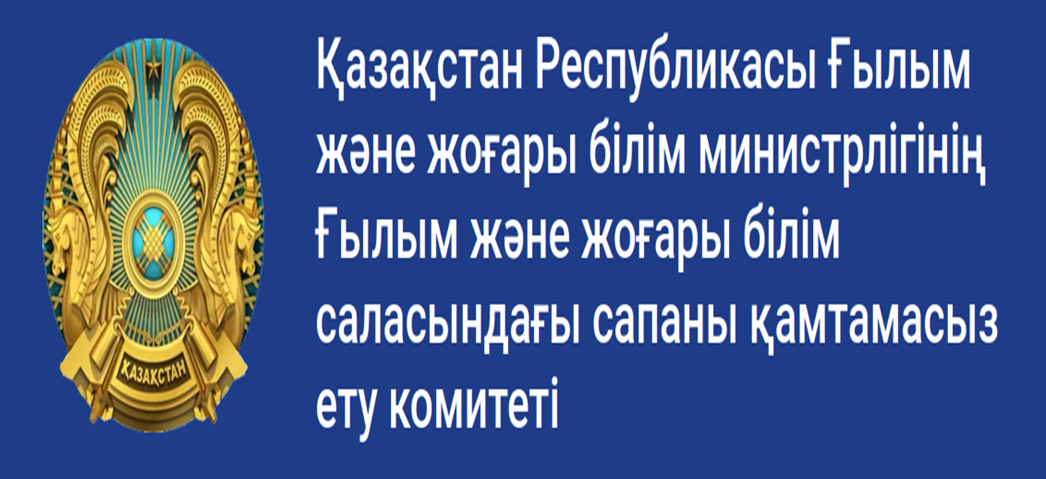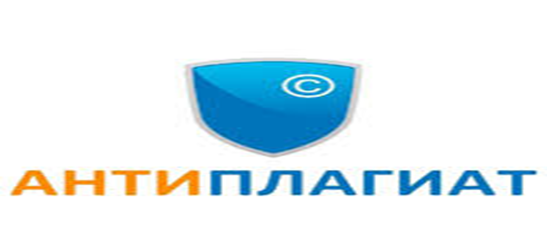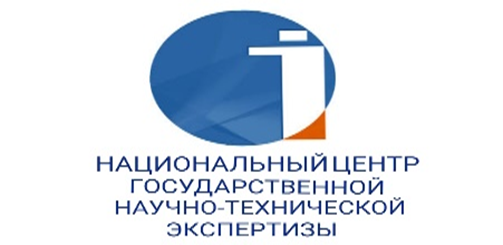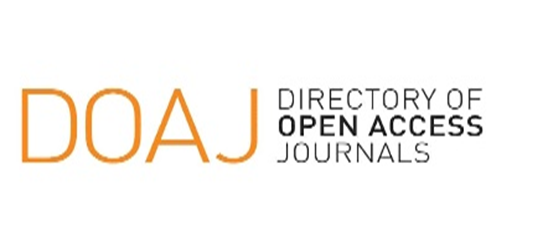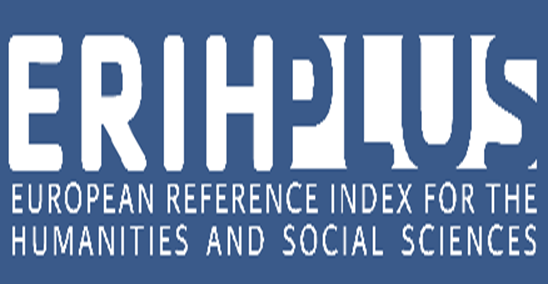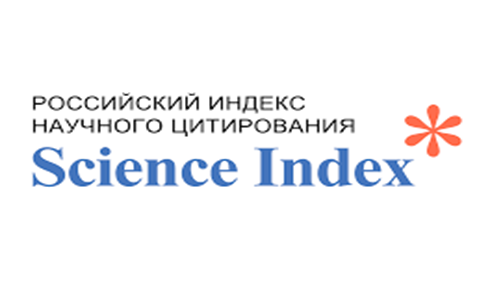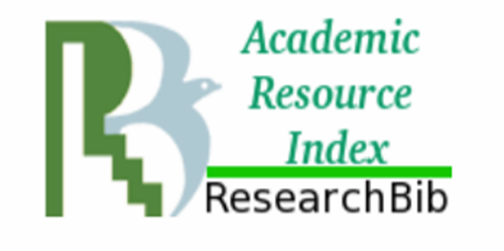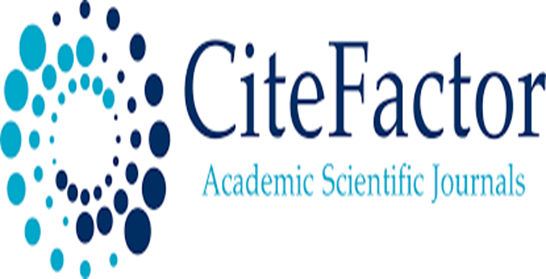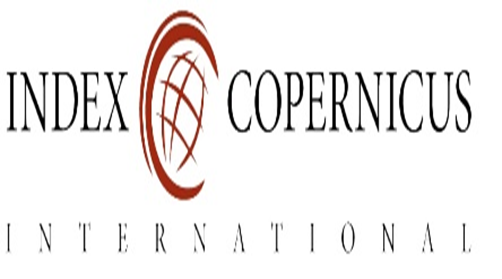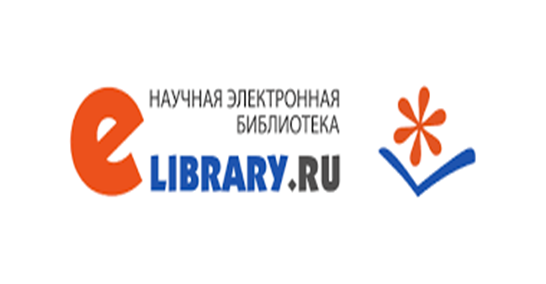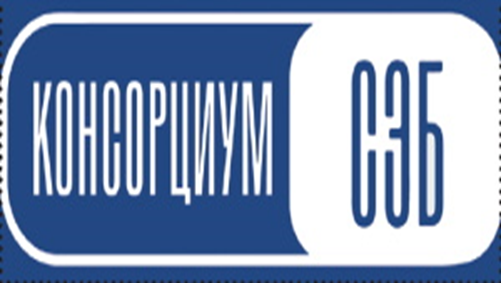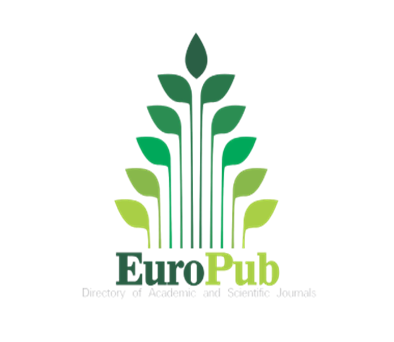The Studies on the Armenian-Kypchak manuscripts in Turkey
Views: 149 / PDF downloads: 200
DOI:
https://doi.org/10.32523/2664-5157-2023-4-115-129Keywords:
Armenian-Kypchak manuscripts, Armenian-Kypchak language, Kypchak language, Kypchaks, proverbs and sayings, style, genre, spoken language, written language, Turkish scientists.Abstract
This article raises a question that has not been considered before. It refers to Turkish researchers’ studies of old Kypchak manuscripts, written in
the Armenian alphabet in the 16th-17th centuries. During this period, due to historical events, Armenians and Kypchaks lived in the same settlement.
Trade was especially active among Kypchaks and Armenians so kinship was established.
This led to the formation of the Armenian-Kypchak language and writing. According to researchers, the Armenians who were living in Ukraine during the 16th-17th centuries forgot their native language and
used the Kypchak as a spoken language and even they prayed in the Kypchak. In accordance with sources sources, only church ministers spoke
Armenian. The Turkish-Armenian researcher K. Pamukchia, relying on the
classification of Yak. Dashkevich, who studied the of Armenian-Kypchak written records, divides the development process of the Armenian-Kypchak language into three stages.
The first is the mastery of the Kypchak language by the Armenians as a spoken language before the linguistic period (end of 13th -15th centuries).
The second is the flourishing of the Armenian-Kypchak written language (start of 16th-first half of 17th century, i.e. 1524-1699).
The third is the decline and death of the Armenian-Kypchak language (second half of 18th century).
Reference
Гаркавец А.Н., 1980. Армяно-кыпчакские письменные памятники XVI-XVII вв. // Средневековый Восток: источниковедение и историография. Москва. C. 81-90.
Гаркавец А.Н., 2002. Кыпчакское письменное наследие. Том І. Каталог и тексты памятников армянским письмом. Алматы: Дешт и Кыпчак. 1084 с.
Құдасов С.Ж., 2016. ХVI-XVII ғғ. армян-қыпшақ тіліндегі сот жазбалары // Түркология журналы. №5. Түркістан. Б. 21-28.
Манкеева Ж.А., 2021. Қазақ тілінің түркілік сабақтастығы. Turkic Studies Journal № 3, 3. Б. 47-51.
Akbulut E., 2017. Töre Bitigi (inceleme, metin). Fırat Üniversitesi. Sosyal Bilimler Enstitsü. Elazığs. 149 s.
Akman F., 2021. «Ermeni kıpçakçasından karay türükçesine yansımalar: yeterlilik kategorisi» . Türklük Bilimi Araştırmaları. S. 11-18.
Altınkaynak E., 2011. Ermeni Alfabesi ile Yazılı Gregoryen Atasözleri Kitabı. Karadeniz Uluslararası Bilimsel Dergi. №10. S. 149-156.
Kasapoğlu Ç., 2012. «Ermeni Kıpçak Türkçesi». Dil Araştırmaları. Bahar. №10. S. 29-30.
Kasapoğlu H., 2009. «Ermeni harfli kıpçakça söz varlığı üzerine notlar». International Journal of the Central Asian Studies. №13. S. 165-181.
Kutalmış M., 2004. On The Armeno Kolchak. Karadeniz Araştırmaları. №2. S. 35-40.
Özkan İ.E., 2021. Ermeni-Kıpçak Kültür Etkileşimi ve Bununla Birlikte Oluşan Ermeni Harfli Kıpçak Türkçesi. Karadeniz Uluslararası Bilimsel Dergi. №1 (51). S. 116-132.
Özgür C., 2019. Kıpçak türükçesi söz varlığında sinonim kelimeler. Türkoloji. №96. S. 29-34.
Pamukçiyan K., 2002. Ermeni Harfli Türkçe Metinler. İstanbul: Aras Yayıncılık. 256 s.
Salan M., 2017. Atamızın duası’nın ermeni kıpçakçası bir versionu. Avrasya Uluslararası Araştırmalar Dergisi. №12. S. 83-90.
Çengel H. K., 2012. Ermeni Harfli Kıpçak Türkçesi. Dil Araştırmaları. №10. S. 17-81.
Chirli N., 2005. Bir Ermeni Kıpçakçası Metni: Alġış Bitigi (Durum Ekleri İncelemesi, Metin, Dizin). Türklük Araştırmaları Dergisi. S. 313-317.






